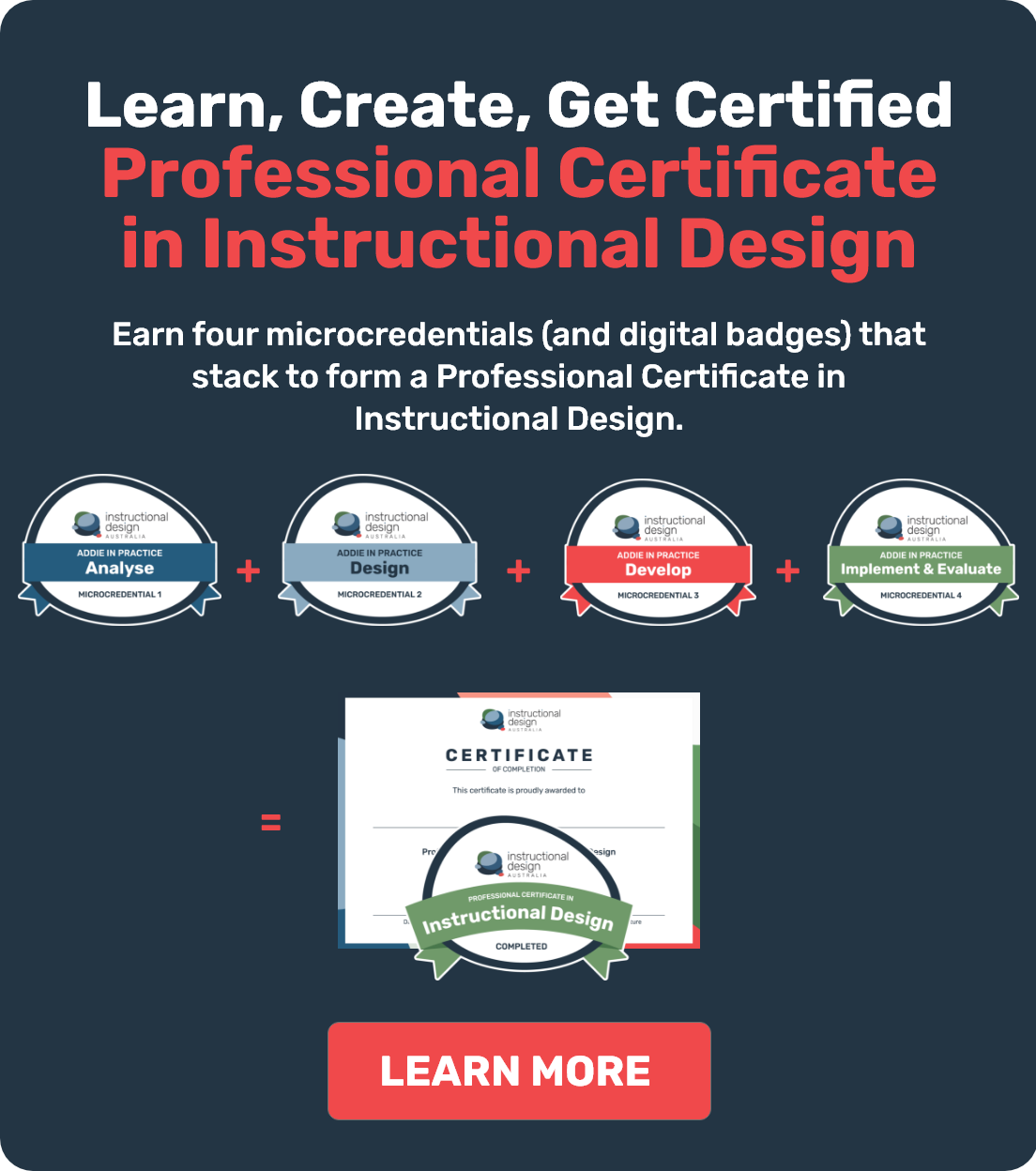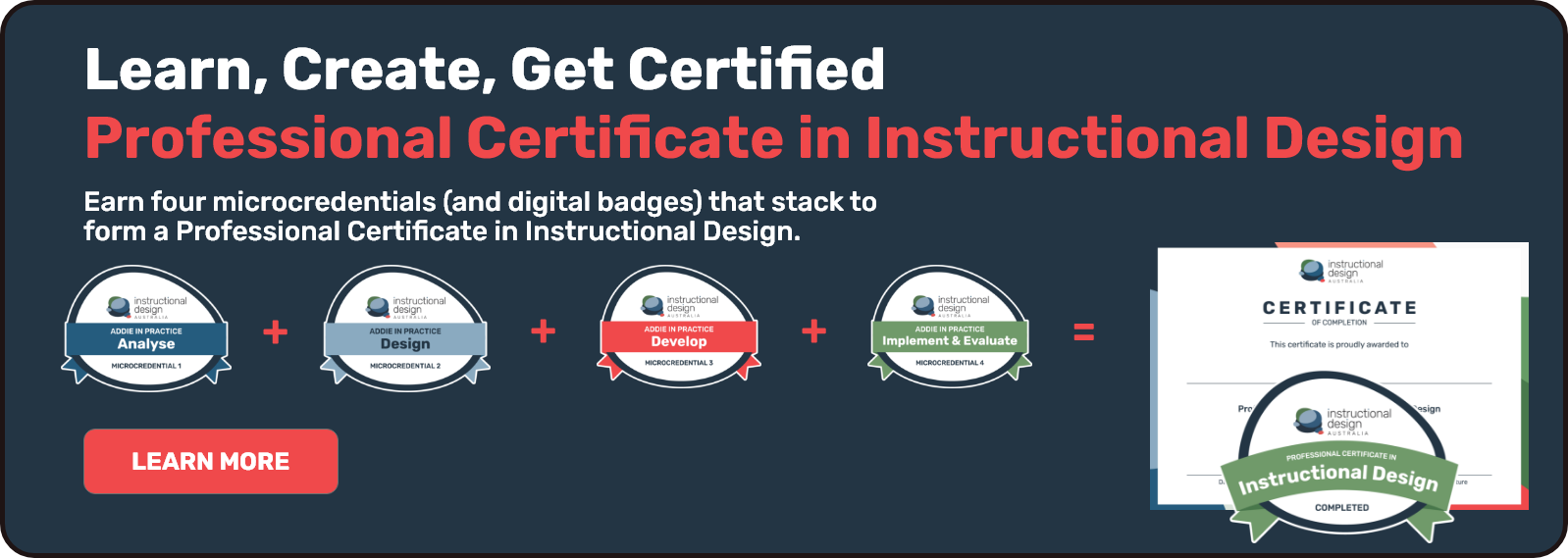Content Chunking: A Practical Guide for Instructional Designers
Information overload kills learning. As instructional designers, we’re tasked with transforming complex content into effective learning experiences. Content chunking—breaking information into focused, meaningful segments—is one of our most powerful tools. Let’s unpack why this method matters and how to master it.
The Science Behind Content Chunking
Content chunking is the Marie Kondo of course design: it organises information into logical, manageable “chunks” to spark joy (and comprehension). Rooted in cognitive psychology, it aligns with how our brains process data; short-term memory can only handle 3-7 items at once (Miller, 1956). In instructional design, this could mean breaking down a CAD software tutorial into mini-lessons on sketching, modelling, and rendering.
Why Chunking Works
The evidence for content chunking is compelling:
- Improved Retention: Studies by Clark and Mayer show a 20-30% improvement in retention when content is properly segmented. When learners can focus on discrete concepts, understanding deepens.
- Better Engagement: B Short, focused segments maintain attention and reduce cognitive load. Learners complete sections feeling accomplished rather than overwhelmed.
- Practical Application: Chunked content fits into busy schedules. Learners can progress meaningfully in short sessions, making training more accessible and effective.
How to Chunk Like a Pro
1. Break It Down, Lego-Style
Start by dissecting your course into themes or skills. For a module on sustainable materials, chunks might include:
- Introduction to biodegradable polymers
- Case study: Automotive industry applications
- Interactive quiz: Material selection scenarios
2. Structure Deliberately
Design each chunk to:
- Cover one clear learning objective
- Build on previous knowledge
- Lead naturally to the next concept
3. Choose Appropriate Formats
Match content type to learning goals:
- Video for processes and demonstrations
- Interactive elements for practice
- Text for detailed explanation
Real-World Examples: Chunking in Action
Software training:
Break down complex tools into focused modules:
- Core functionality
- Advanced features
- Best practices
- Troubleshooting
Compliance Training:
Transform dense policies into manageable segments:
- Key principles
- Practical scenarios
- Decision-making exercises
- Knowledge checks
Tips to Nail Content Chunking
- Follow the “Goldilocks Rule”: Chunks shouldn’t be too big or too small; aim for 5-15 minutes.
- Link Chunks Logically: Help learners see how individual chunks connect to larger learning objectives. Use linking statements. Context matters.
- Leverage Spaced Repetition: Revisit key chunks in later modules to reinforce memory (Sweller, 1988).
- Include Practice: Add relevant exercises that reinforce key concepts. Theory needs application to stick.
- Design for Reality: Consider your learners’ environment and constraints. Will they access this between meetings? During quiet hours? Structure accordingly.
Final Thought: Small Chunks, Big Impact
Effective chunking transforms how we deliver learning. It’s not about simplifying content—it’s about structuring it for maximum impact. When done right, it creates learning experiences that respect both cognitive science and practical constraints.
References
- Clark, R. C., & Mayer, R. E. (2016). E-Learning and the Science of Instruction. Source: https://www.scirp.org/reference/referencespapers?referenceid=3480061
- Sweller, J. (1988). Cognitive load theory, learning difficulty, and instructional design. Learning and Instruction. Source: https://www.sciencedirect.com/science/article/abs/pii/0959475294900035



